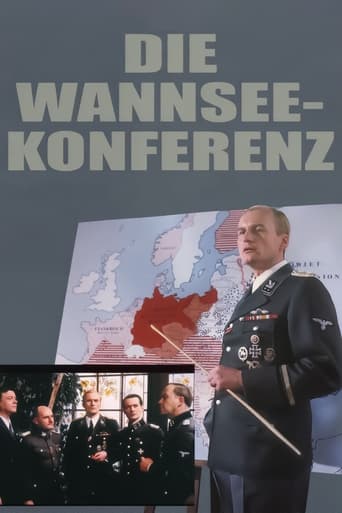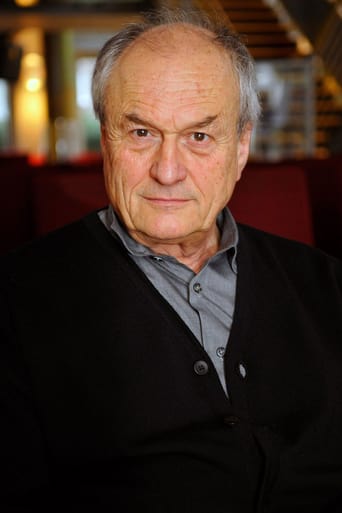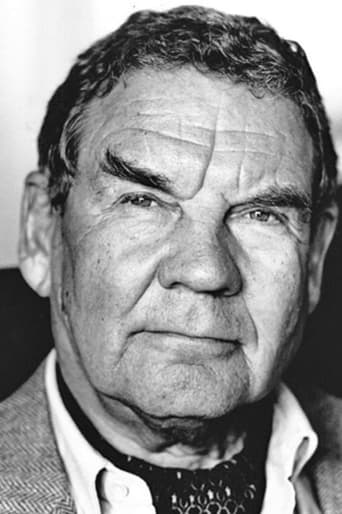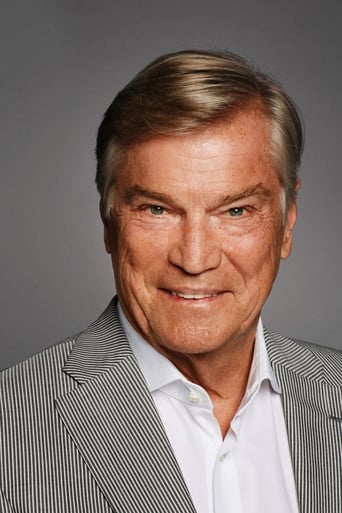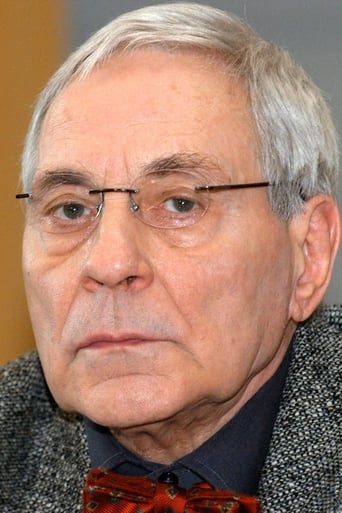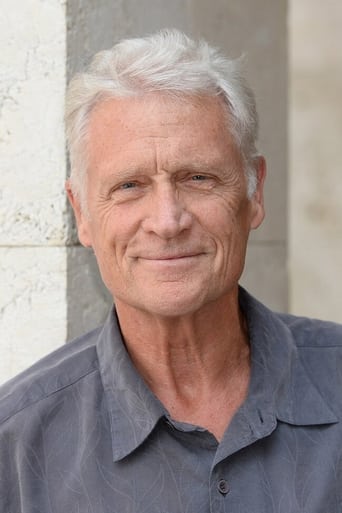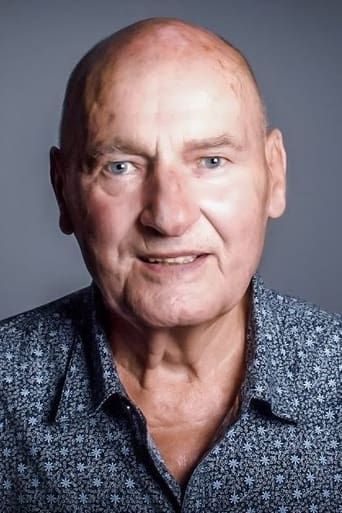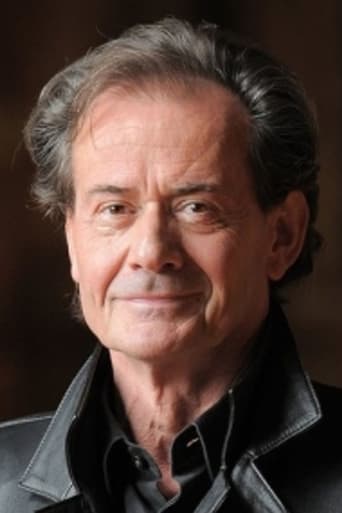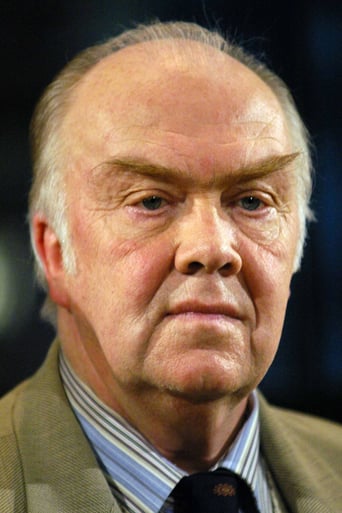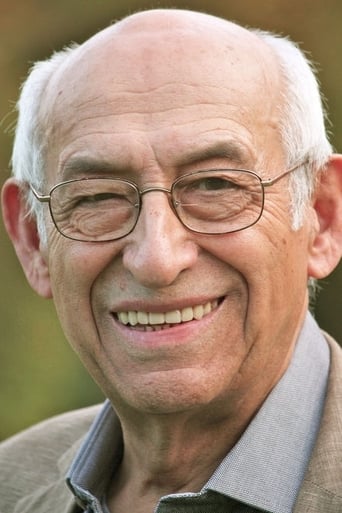A real time recreation of the 1942 Wannsee Conference, in which leading SS and Nazi Party officals gathered to discuss the "Final Solution to the Jewish Question". Led by SS-General Reinhard Heydrich, the Wannsee Conference was the starting point for the Jewish Holcaust which led to the mass murder of six million people.


Similar titles
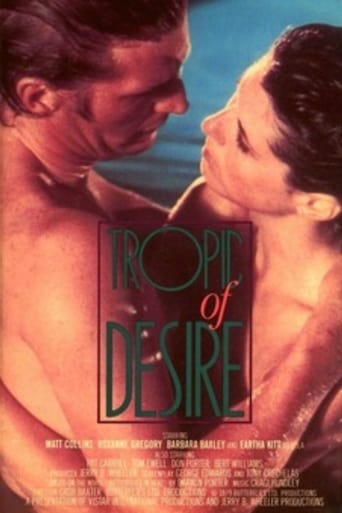
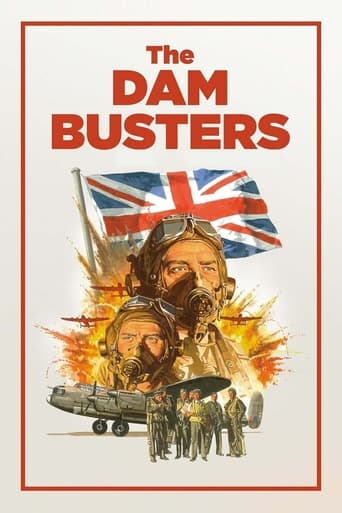
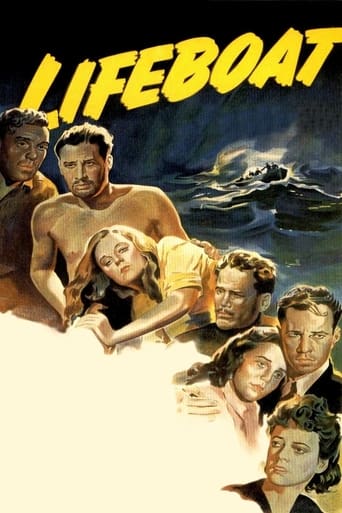
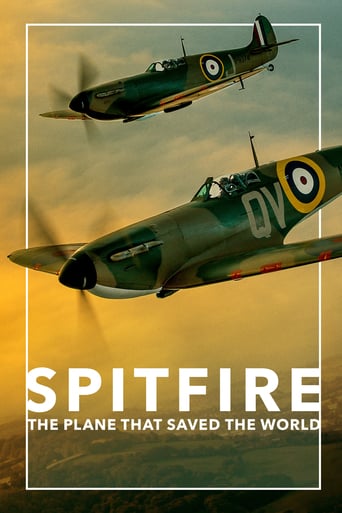
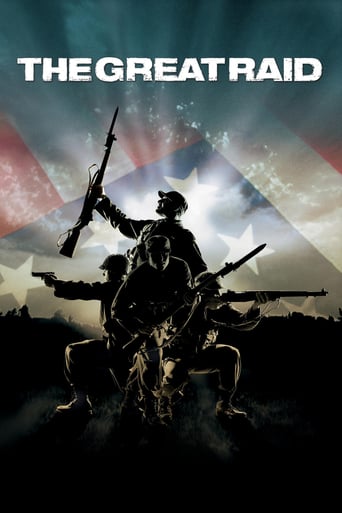
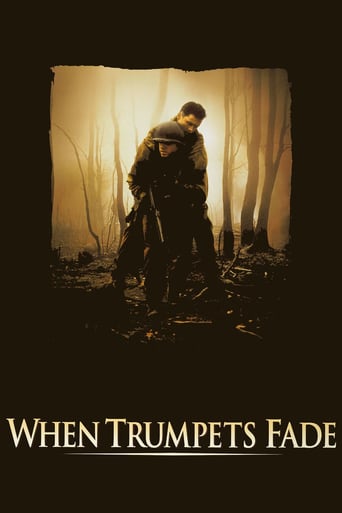


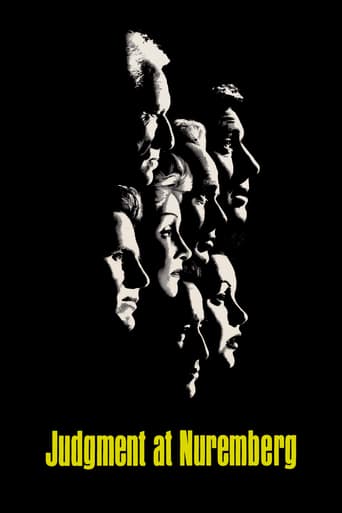
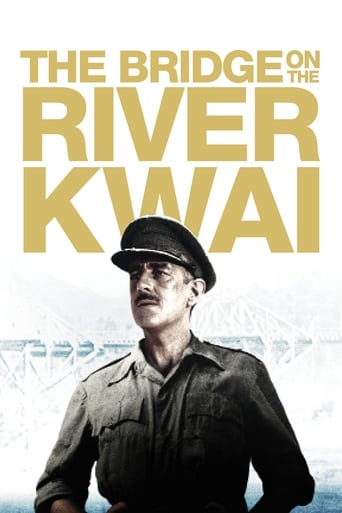
Reviews
I was able to see this film at a film festival, where the director spoke afterward about how the film was created. As I had suspected while watching the film, the source for the script was not just the minutes of the meeting, which mention very little of the detailed discussions which occurred that day, but as well what the director called the "Eichmann protocol," that is, transcripts of the interviews conducted by the prosecutors at Eichmann's trial in Jerusalem. Grupenfeurher is correct when he says that the minutes of the conference never mention extermination. But Eichmann's later, extensive, comments prove that that is precisely what was being discussed. For a detailed look at the conference, the best place to begin is Mark Roseman's book, "The Villa, the Lake, and the Meeting: Wansee and the Final Solution." But there are also comments noted in Goebels' diary, and interdepartmenal memos from those who were invited to the conference itself, and much other evidence besides. A good discussion of the process leading to the genocide can be found in Christopher Browning's "Origins of the Final Solution," and a more abbreviated discussion in volume two of Ian Kershaw's biography of Hitler, "Nemesis."
(Note: Over 500 of my movie reviews are now available in my book "Cut to the Chaise Lounge or I Can't Believe I Swallowed the Remote!" Get it at Amazon.)What I want to do here is to note that The Wannsee Conference is a German language film with white English subtitles. Sometimes the subtitles are superimposed over a white background and the words disappear. That is why state of the art subtitles are yellow so that they don't get lost in the background. Otherwise the subtitles are very good, translating what needs to be translated and ignoring the extraneous.I also want to note that the somewhat miraculous script by Paul Mommertz is very much like a stage play with most of the action essentially confined to one set with the various players delivering their lines as the camera focuses on them, much as a spotlight might. I say "miraculous" because Mommertz forged his screenplay from the banal, bureaucratic and often euphemistic language used by the historical Nazis as they formulated the so-called "Final Solution." How to make such material dramatic was the problem Mommertz and Director Heinz Schirk faced. They achieved the nearly impossible through the subtle use of what I might call everyday "reality intrusions": the dog barking, the vainglorious Reinhard Heydrich tripping over a briefcase as he is posturing as the grand architect and fuhrer of the Holocaust, the stenographer flirting (and Heydrich's calculated, chilling affirmative response), the greedy drinking, the "Nazi rally" thumping of the table, the turf wars, the boorish jokes, etc. These served to highlight by contrast the horror that these men were so bureaucratically entertaining. Note too that when the stenographer asks if a verbatim report is desired, she is told that a detailed report will suffice. Thus the dumb brute reality could be edited later in a George Orwellian manner to further bureaucratize and euphemize what they were doing.What a truly verbatim report might have revealed is the point of this film. This is a work of art, and I want to say that real art, to the extent that it is didactic, fails. If the artist tries to teach a lesson or show us the way and the light through a human story, to that extent he or she loses control and becomes an advertiser, a propagandist, a preacher. We as audience or readers become not participants anymore but objects. A work of art is always a two-way street of participation between the artist and those viewing the art. We might agree with the message or we might not, but we are no longer equal participants in the experience.Yet what a work of art does is demonstrate a human truth through form. It is almost always an emotional truth. The Greeks emphasized tragedy because they understood the cathartic emotional experience that tragedy brings. What Mommertz and Schirk have done is present the truth as best they could discover it, and then they ran the closing credits. What we as audience experience depends on how well we participated, and what we brought as human beings to the experience. How well we concentrate, how aware we are of what is going on, how alert--these too are important. The Swannsee Conference is a demanding film, but it is surprising how quickly it moves, how engaged we become. The tension is not in what will happen at the end, of course. Instead the tension is in how it happens. We are held in thrall of discovering the essential nature of this most horrific and incredible evil done by the Nazis. And what we find out is that it was above all else banal and bureaucratic.This is its essence: the dehumanization of the objects upon which the evil is worked. It can be done no other way. It has been said that for good men to do evil it takes religious commitment. For ordinary men it is necessary to dehumanize. When Stuckart complains that women and children are being killed, he is told, "Women and children are Jews too."
It was inspired programme planning on the part of BBC's Knowledge channel to preface Heinz Schirk's dramatised documentary with Alain Resnais's chilling piece of actuality footage "Nuit et Brouillard" made twenty years earlier. It is just possible that, without it, the more recent film might have lost something of its awesome impact. However, by preceding it with the most harrowing account of the consequences of that fateful meeting, there was no escaping the obscenity of what we were watching. The scene was one of glamour with smartly dressed high ranking Nazi officials being served refreshments by spotlessly groomed white uniformed young male waiters. With minutes detailing the planned murder of millions being taken by an attractive female stenographer with the calm impassivity of one recording an average business meeting, the underlying horror and grotesque irony of the occasion was complete. A masterly historical reconstruction.
Heinz Schirk masterfully--albeit painfully--captures true Nazi "spirit" as it unfolded at the Wannsee Conference in Berlin, 1942, where the "final solution" was further refined and "perfected." Not only are actors Mattausch, Bockmann, and Beckhaus dead ringers for Heydrich, Eichmann, and Muller, respectively, but Schirk brilliantly highlights the bureaucratization and cold abstraction of Nazi mass murder of the European Jewry.
